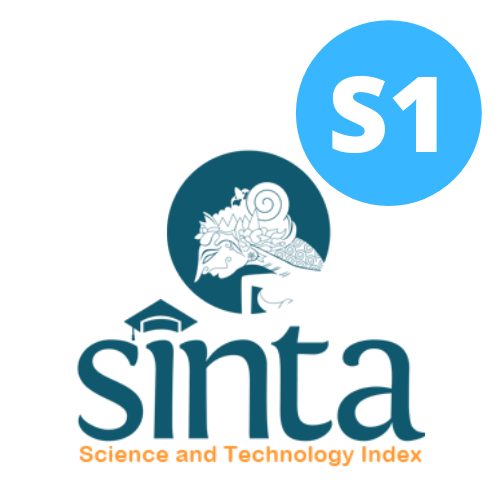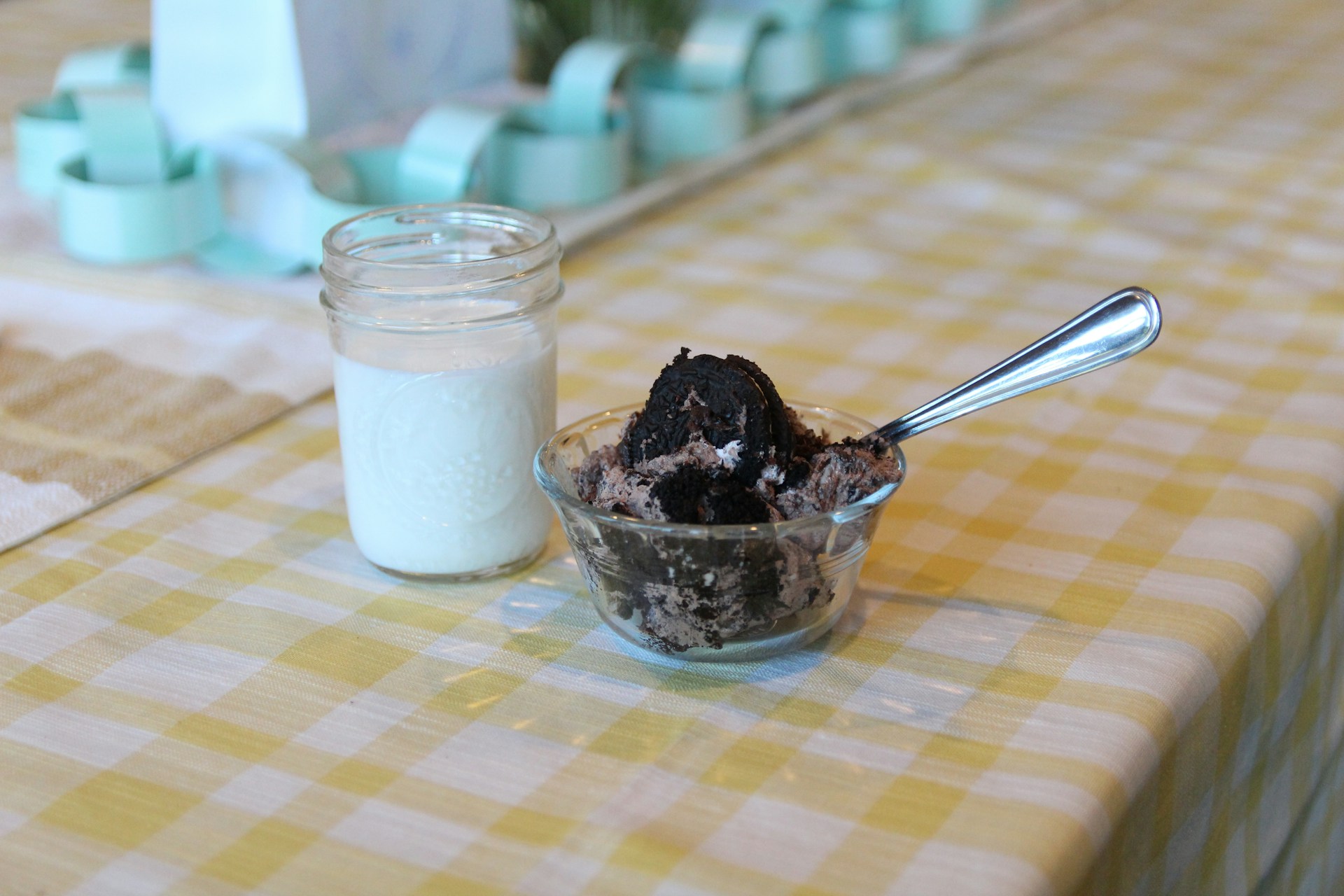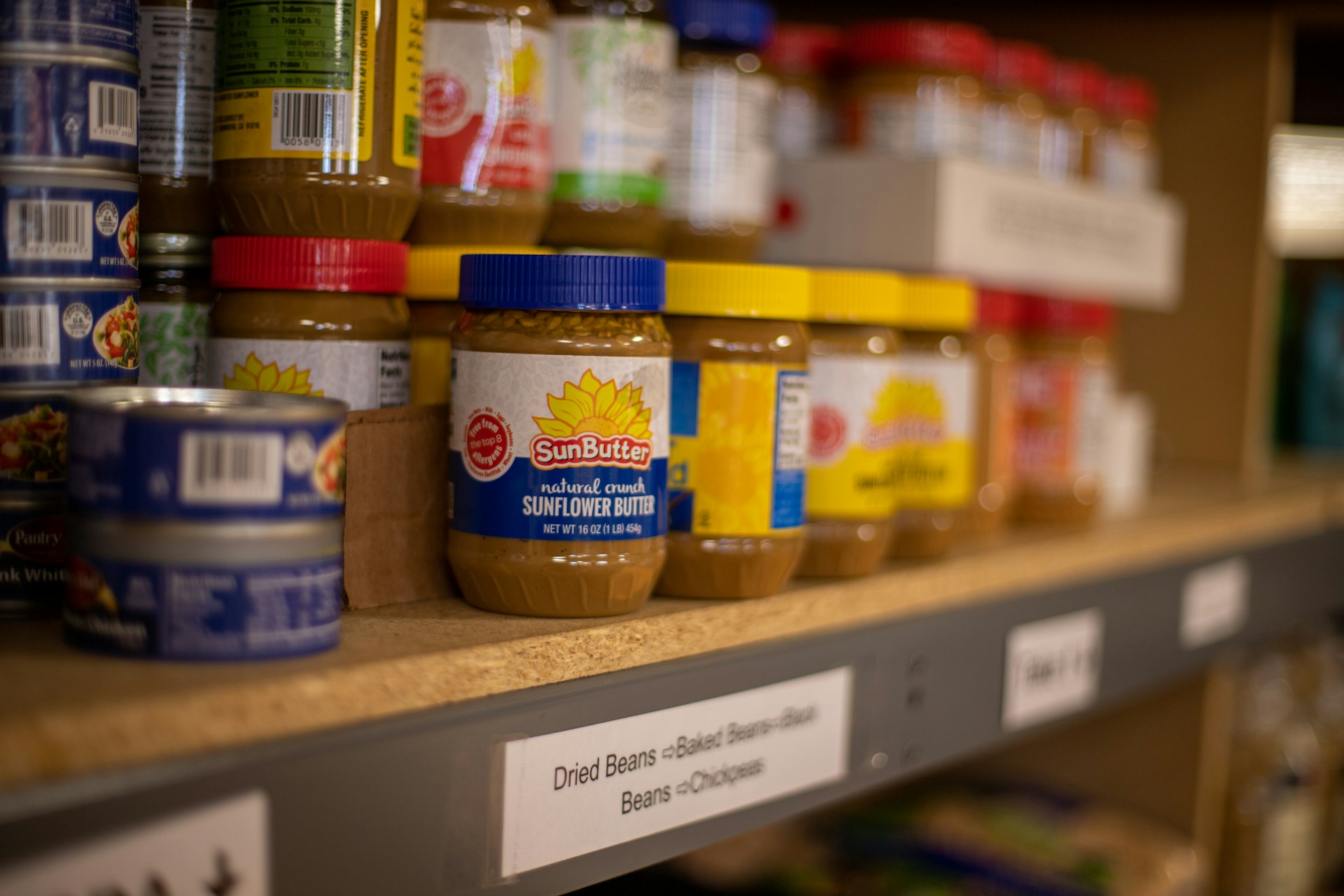Modified Pumpkin (Curcubita moschata) in Gummy Jelly Candy as a High Vitamin A Snack for Stunting Children
Modifikasi Labu Kuning (Curcubita moschata) pada Permen Gummy Jelly sebagai Camilan Tinggi Protein dan Vitamin A untuk Anak Stunting
Downloads
Background: Pumpkin is one food source of vitamin A. Pumpkin can be processed into gummy jelly as a snack that has a high vitamin A content.
Objectives: This study aims to determine and analyze acceptability, protein and vitamin A levels in gummy jelly candy with modified pumpkin as a high-vitamin A snack to help improve stunting children's nutrition at school age.
Methods: This research is a pure experimental research with a Completely Randomized Design (CRD). The number of formulas tested were 3 formulas with 3 repetitions, namely F0 (0 g pumpkin), F1 (80 g pumpkin consisting of 30 g pumpkin extract and 50 g pumpkin puree), and F2 (160 g pumpkin consisting of 60 g of pumpkin essence and 100 g of pumpkin puree). There were 15 panelists in this study consisting of 3 trained panelists and 12 semi-trained panelists.
Results: Based on the hedonic test results, it was found that F1 (30 g pumpkin extract and 50 g pumpkin puree) was the panelist's most preferred formula. The content of protein and vitamin A in candy per serving size (40 g) is 20.5 g and 37.75 mcg. There was a significant difference in taste characteristics between F0 and F2 (p=0.033) and between F1 and F2 (p=0.007). While on the characteristics of consistency, aroma, and color there is no significant difference.
Conclusions: The formula with the highest acceptance is F1. Per two serving of candy (40 g) can meet 10-15% of protein and vitamin A needs in children aged 7-12 years.
Trihono et al. Pendek (stunting) di Indonesia : masalah dan solusinya. (Badan Penelitian dan Pengembangan Kesehatan, 2015).
Rahmadhita, K. Permasalahan Stunting dan Pencegahannya Stunting Problems and Prevention. Jurnal Ilmiah Kesehatan Sandi Husada 11, 225–229 (2020).
Novitasari, R. & Riono, Y. Studi Pembuatan Ampyang Dengan Varian Formulasi Tepung Daun Kelor Kering (Moringa oleifera Lamk) Dan Tepung Ikan Rinuak Kering (Psilopsis sp) Kering Terhadap Penerimaan Konsumen Terutama Anak-Anak Sebagai Usaha Untuk Mencegah Stunting Pada Anak. Jurnal Selodang Mayang 7, (2021).
Kemenkes. Buku Saku: Hasil Studi Status Gizi Indonesia (SSGI) Tingkat Nasional, Provinsi, dan Kabupaten/Kota Tahun 2021. (2021).
Natalia Br Sinuhaji, L. et al. Self Efficacy Dan Pemanfaatan Biskuit Labu Kuning Sebagai Makanan Tambahan Terhadap Pencegahan Stunting Pada Gold Period Di Siosar. Jurnal Sinergitas Pkm Dan Csr 5, (2021).
Basri Aramico, Toto Sudargo & Joko Susilo. Hubungan sosial ekonomi, pola asuh, pola makan dengan stunting pada siswa sekolah dasar di Kecamatan Lut Tawar, Kabupaten Aceh Tengah. JURNAL GIZI DAN DIETETIK INDONESIA Vol. 1, No. 3, 121–130 (2013).
Aritonang, E. A., Margawati, A. & Fithra Dieny, F. Analisis Pengeluaran Pangan, Ketahanan Pangan dan Asupan Zat Gizi Anak di Bawah Dua Tahun (BADUTA) Sebagai Faktor Resiko Stunting. Journal of Nutrition College 9, 71–80 (2020).
Ekweagwu, E., Agwu, A. E. & Madukwe, E. The role of micronutrients in child health: A review of the literature. Afr J Biotechnol 7, 3804–3810 (2008).
Sunita Almatsier, Susirah Soetardjo & Moesijanti Soekatri. Gizi Seimbang dalam Daur Kehidupan. (PT Gramedia Pustaka Utama, 2017).
Azrimaidaliza. Vitamin A, Imunitas Dan Kaitannya Dengan Penyakit Infeksi. Jurnal Kesehatan Masyarakat 1, (2007).
Merryana Adriani & Bambang Wirjatmadi. Gizi dan kesehatan balita : peranan mikro zinc pada pertumbuhan balita. (Kencana Prenadamedia Group, 2014).
Ina, P. T., Puspawati, G. A. K. D., Ekawati, G. A. & Putra, G. P. G. Pemanfaatan Ekstrak Ubi Ungu sebagai Pewarna Merah pada Soft Candy dan Stabilitasnya. agriTECH 39, 20 (2019).
Pratiwi, U., Harun, N. & Rossi, E. Pemanfaatan Karagenan Dalam Pembuatan Selai Lembaran Labu Kuning (Cucurbita Moschata) The Use Of Carrageenan In The Production Of Pumpkin Sheet Jam (Cucurbita moschata). Jom Faperta 3, (2016).
Kementerian Kesehatan Republik Indonesia. Tabel Komposisi Pangan Indonesia. Preprint at (2017).
Iswidiati, C., Aprilia, V. & Susilo, J. FORMULASI BUBUR MP-ASI BERBAHAN LABU KUNING DAN TEPUNG KEDELAI SERTA KONTRIBUSINYA TERHADAP KECUKUPAN PROTEIN DAN VITAMIN A. (2019).
IR. SRI MULYANI. PENGENDALIAN MUTU. Preprint at (2016).
Rismandari, M. et al. Karakteristik Permen Jelly Dengan Penambahan Iota Karagenan Dari Rumput Laut Eucheuma spinosum The Characteristics of Jelly Candy with Addition of Iota Carrageenan from Seaweed Eucheuma spinosum. Available online at Indonesian Journal of Fisheries Science and Technology (IJFST) Saintek Perikanan 12, 103–108 (2017).
F.G. Winarno. Kimia Pangan Dan Gizi. (GRAMEDIA PU, 2002).
Cut, F. & Zuhra, S. M. Cut Fatimah Zuhra : Flavor (Cita Rasa). (2006).
Insani, D., Herawati, N., Rossi, E., Studi Teknologi Hasil Pertanian, P. & Teknologi Pertanian, J. Utilization Of Pumpkin In The Making Of Jelly Cement With Addition Of Seawed. Jom FAPERTA 4, (2017).
Melia, S., Juliyarsi, I. & Hayatuddin, D. M. Karakterisitik Kimia dan Total Koloni Bakteri Gelatin dari Beberapa Jenis Kulit Ternak Chemical Characteristics and Accounted Microbial Colony of Gelatin from Several Livestock Skins/Leather. Jurnal Peternakan Indonesia, Oktober 16, (2014).
Tuan Hok, K., Setyo, W., Irawaty, W. & Edi Soetaredjo, F. pengaruh suhu dan waktu pemanasan terhadap kandungan vitamin a dan c pada proses pembuatan pasta tomat. widya teknik 6, 111–120 (2007).
Copyright (c) 2022 Amerta Nutrition

This work is licensed under a Creative Commons Attribution-ShareAlike 4.0 International License.
AMERTA NUTR by Unair is licensed under a Creative Commons Attribution-ShareAlike 4.0 International License.
1. The journal allows the author to hold the copyright of the article without restrictions.
2. The journal allows the author(s) to retain publishing rights without restrictions
3. The legal formal aspect of journal publication accessibility refers to Creative Commons Attribution Share-Alike (CC BY-SA).
4. The Creative Commons Attribution Share-Alike (CC BY-SA) license allows re-distribution and re-use of a licensed work on the conditions that the creator is appropriately credited and that any derivative work is made available under "the same, similar or a compatible license”. Other than the conditions mentioned above, the editorial board is not responsible for copyright violation.












































